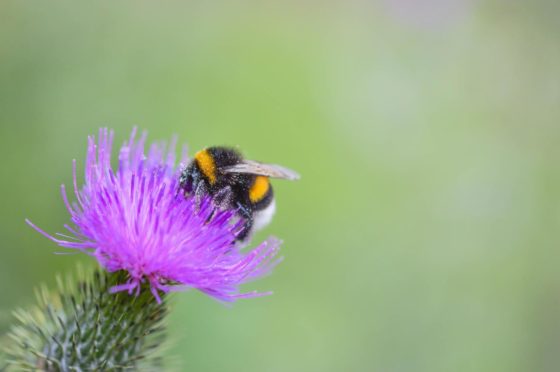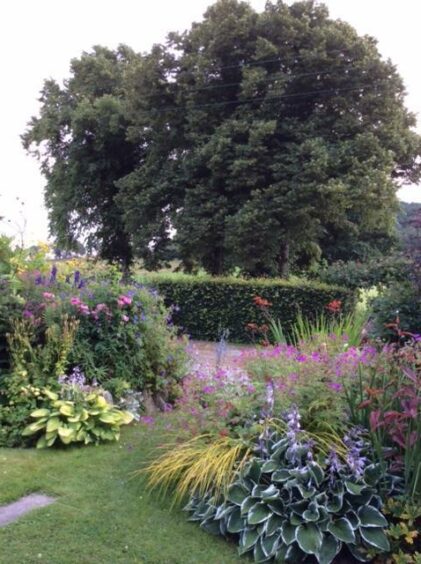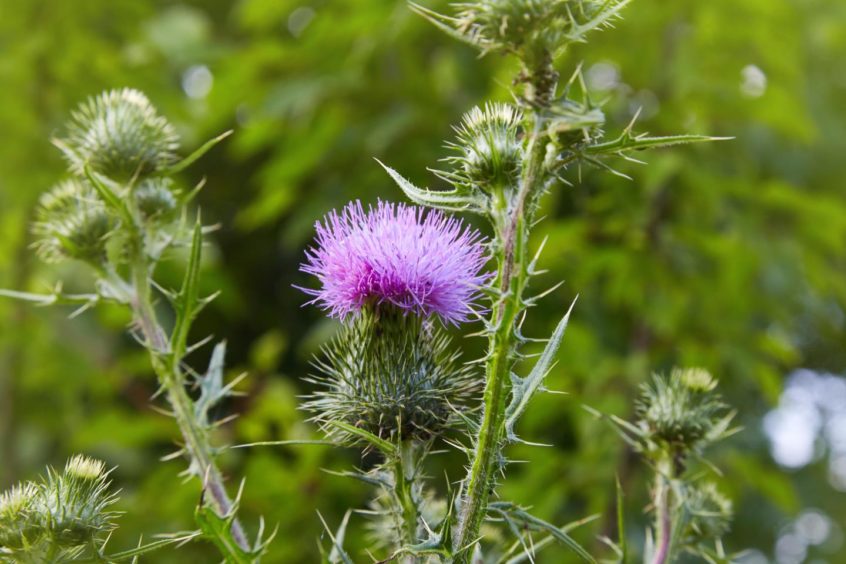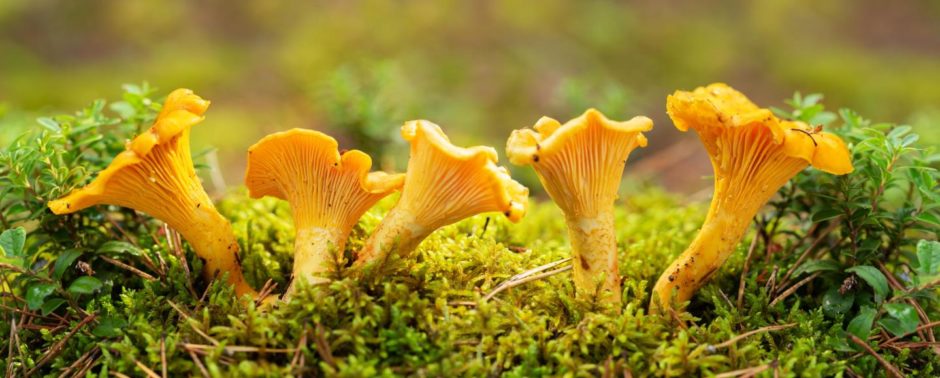With a backdrop of the Angus hills, Easter Derry, near Kilry in Glenisla is one of the many north-east sites opened under Scotland’s Gardens Scheme.
It made a more intimate setting for the Doyenne and me after our recent visit to Pitmedden Gardens in Aberdeenshire but small is beautiful.
Pippa and Roger Clegg have created their two-acre garden over 16 years from a corner of a field and it is testament to what can be achieved with much hard work and a great deal of creativity.
High hedges protect herbaceous borders packed with colour and an interesting mixture of planting. The lily pond has been left to go wild and is home to frogs and newts.

We envied them their productive vegetable garden – vegetables taste so much better fresh picked and the produce of one’s own endeavours.
Four mature lime trees tower over one corner. I suspect they were not planted as an ornamental feature but very much for their utilitarian domestic use.
Lime wood is lightly grained and easily worked and was popular in the 18th century for making household items such as plates and bowls and ladles and spurtles.
August a time for busy bees
August finds us nearing the end of the flowering period of their greeny-yellow blossom which is a great attraction for honey bees and bumble bees and all the other pollinators.
Standing beneath the green canopy we could hear the subliminal hum of tiny wings as the bees gorged on the fragrant lime nectar which they’ll turn into linden honey, as it is called.
The leaves are heart shaped which accounts for the myth that Venus, goddess of love, in one of her more whimsical moments, fell asleep at the foot of one.
I’m always encouraging people to look and to listen if they want to get the best out of the countryside.
Luckily I was listening to my own advice as I drove along a narrow road behind Edzell.
A patch of tall lilac-blue flowers sprouting above the rest of the roadside vegetation didn’t look familiar.
I took a picture and when I got home took down my Mary McMurtrie’s excellent standard, Scottish Wild Flowers.
Eating the rainbow
A quick check told me it was Blue Lettuce and I knew that I’d never come across it before.
It flourishes in damp places and on roadsides from May to August.
I’ve come across purple potatoes and black carrots and yellow raspberries, but blue lettuce is a first – and I won’t be eating it.
Our Scottish spear thistles, the true Scottish thistle, are coming into flower.
Their dusty green foliage is topped by a regal purple head and it has been our national emblem since the 13th century.
It was depicted on the James VI two merk piece known as the thistle dollar.
It appears in our heraldry and, of course, is the symbolic representation of the Order of the Thistle, the senior order of chivalry in Scotland.
Vanquisher of Vikings
According to legend, under cover of darkness a band of invading Vikings were creeping up on a sleeping Scottish encampment, with malice aforethought.
One of the Norsemen stepped on a spear thistle’s sharp spines with his bare feet and his howls of pain alerted the sleepy sentries who wakened their comrades and the Scots fell on the Vikings, completely routing them.
In celebration of their escape from a violent death we adopted the spear thistle as our national emblem.
Prickly plant for prickly people
They are perhaps well fitted for the role as they could be considered representative of our prickly Scottish temperament.
And by contrast they are a rich source of nectar and a favourite of bumble bees.
August is also a time of year when I look forward to chanterelle mushrooms appearing in the beech woods.
I’ve been out foraging for them and had a couple of fry-ups already of the delicious orange-capped mushrooms – sinfully good fried in the fat of thick cut bacon.
It’s always a disappointment that the season is so short.
I don’t know what their dependence is on beech trees but you will only ever find chanterelles beneath them.
And to wash it down…
And I’ve been enjoying the Doyenne’s elderflower cordial.
It’s part of nature’s bounty – a free offering from the countryside and we have the elderflowers on our doorstep.
It’s a great lifesaver in the summertime.
Nothing compares with a cool, refreshing glass of cordial smothered in ice and a bunch of crushed spearmint leaves scattered on top as the antidote to an August afternoon’s toil cutting grass.
I’ve an update on the swallows’ nest that fell off the eaves of the house under the gable.
Almost immediately they began to rebuild it and after a fortnight it was complete again.
Only the hen bird incubates the eggs for about 15 days and I’m expecting any time now to see both parents tirelessly flying in and out of the nest feeding their demanding nestlings.
It’s been a lesson on how strong the breeding urge is in wild birds when circumstances seemed stacked against them.



